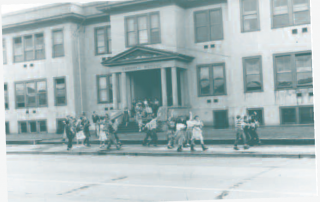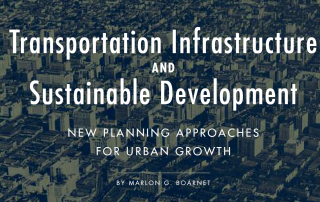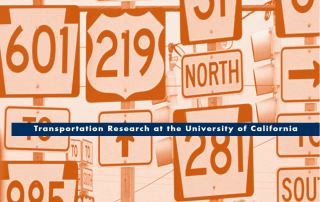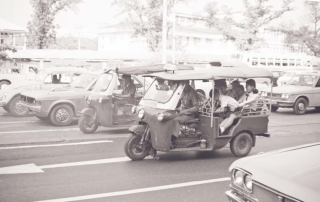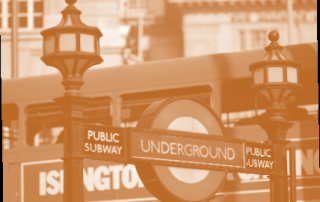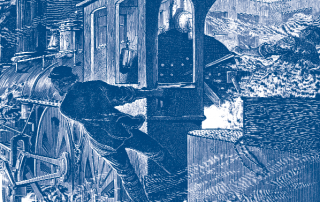Introduction
Elizabeth Deakin
Transportation planners and engineers often focus on specific areas of expertise, such as particular modes of transport, or air quality effects of transportation. Increasingly, however, Californians are reminded that such focused specializations, while valuable, are insufficient by themselves. Current efforts to meet stringent greenhouse gas reduction targets while accommodating growth and counteracting economic downturn show just how complex and interconnected urban development issues are. The emerging paradigm is one that integrates transportation planning into a broader metropolitan development strategy.


